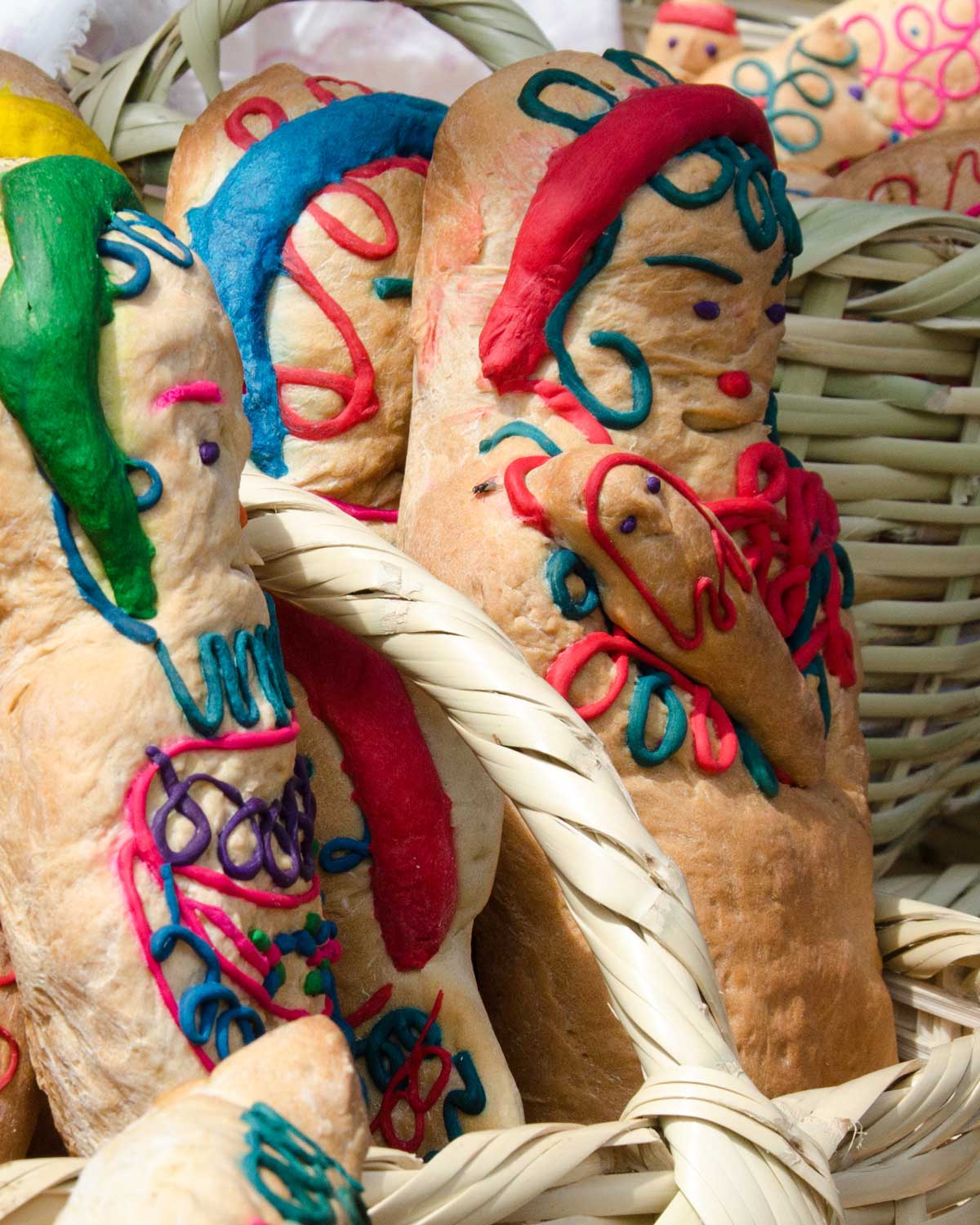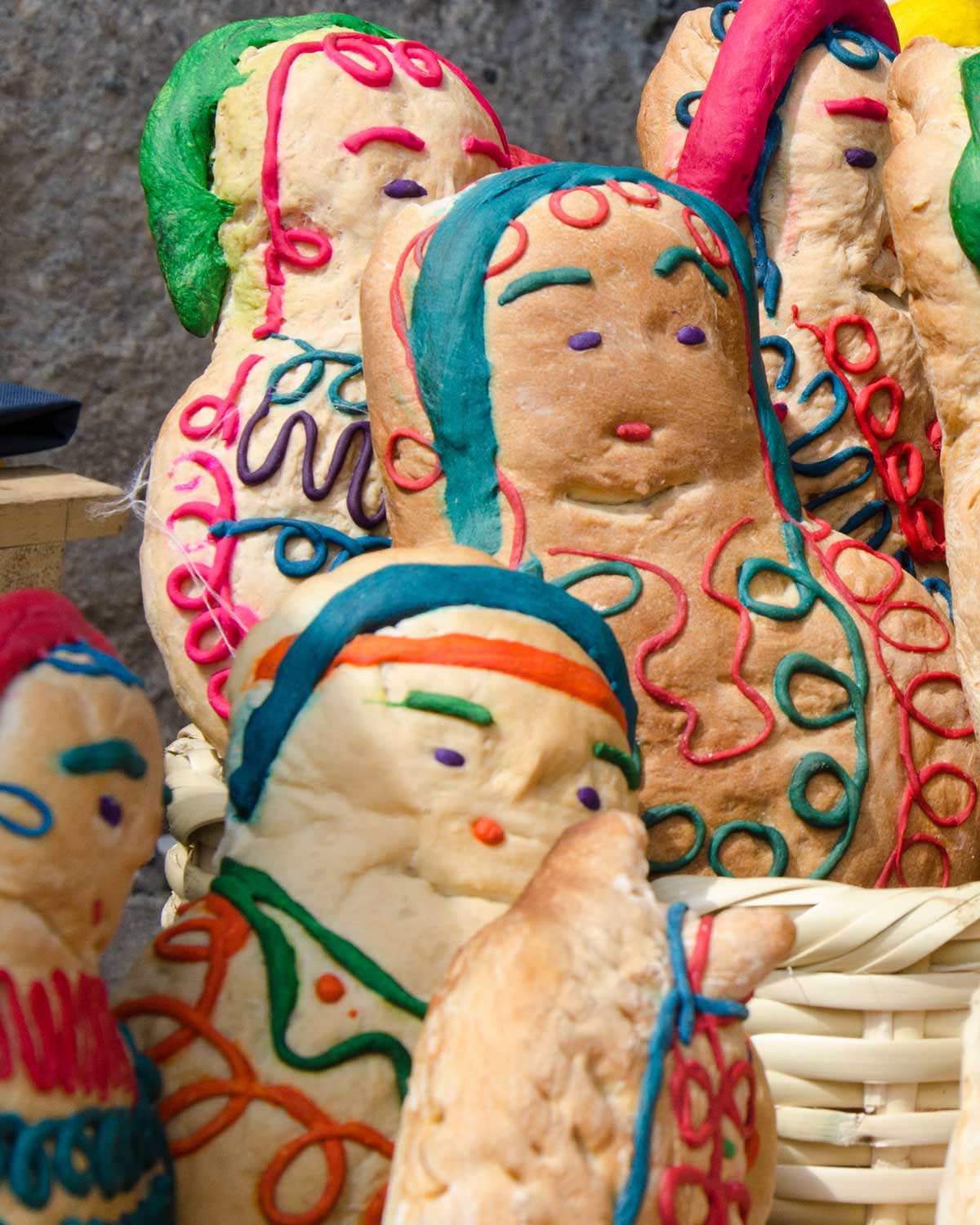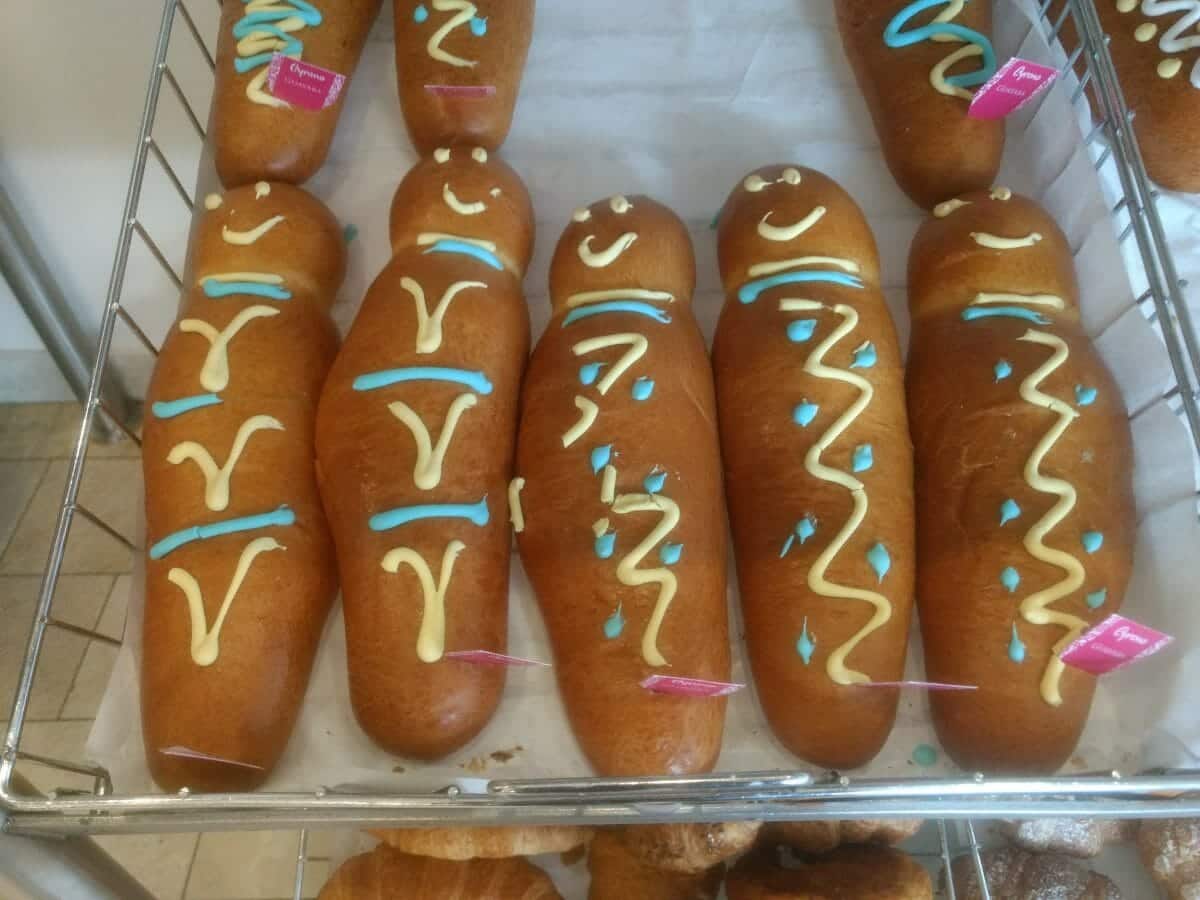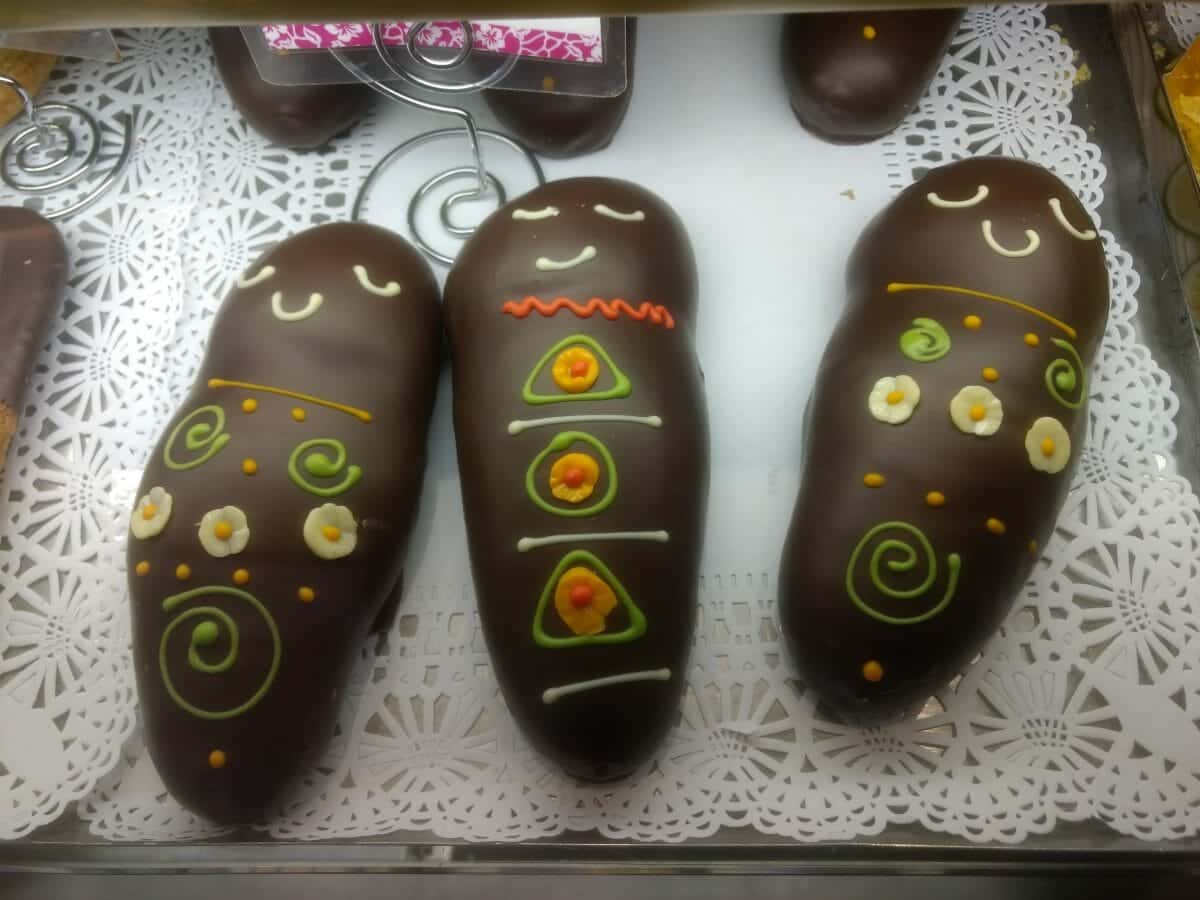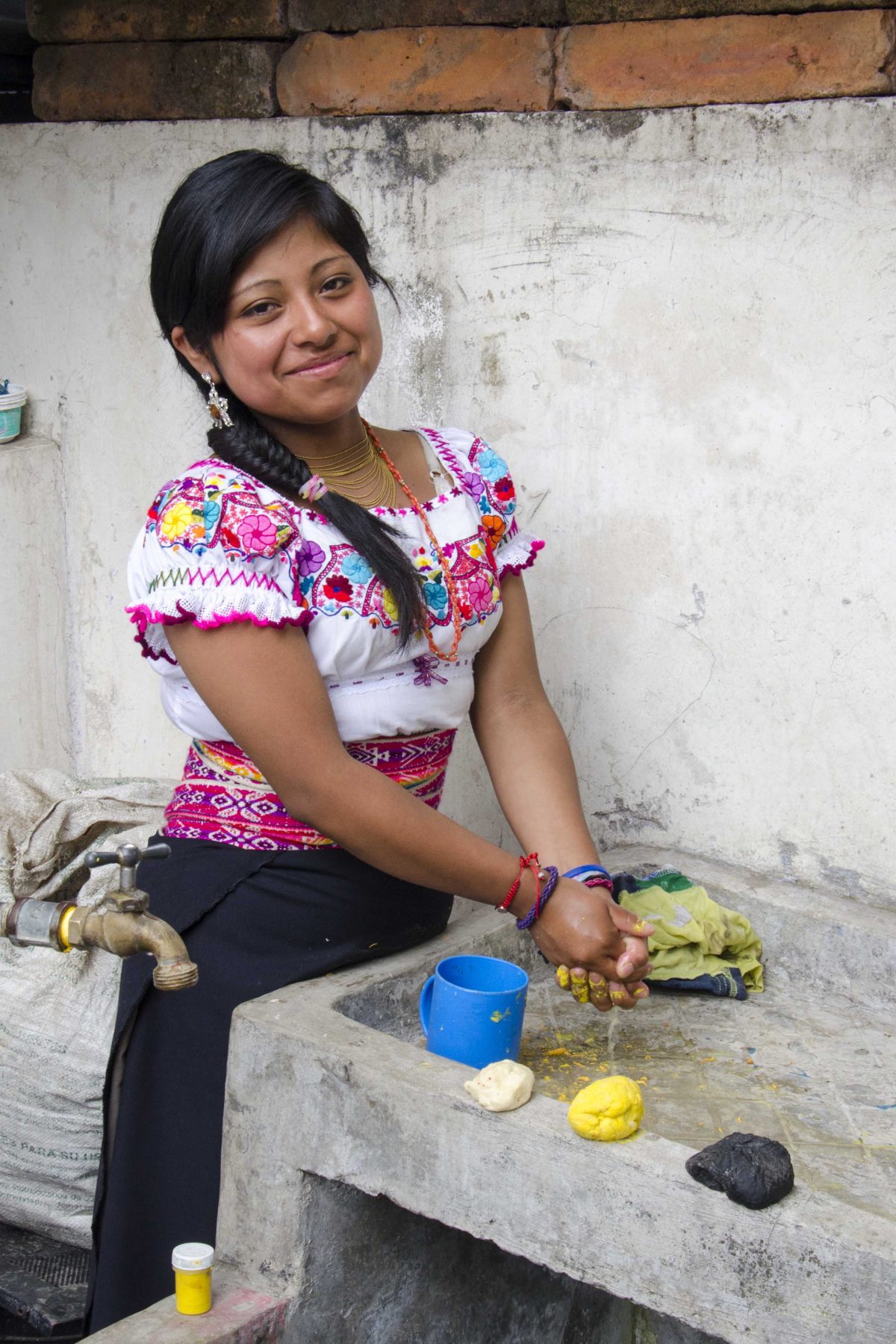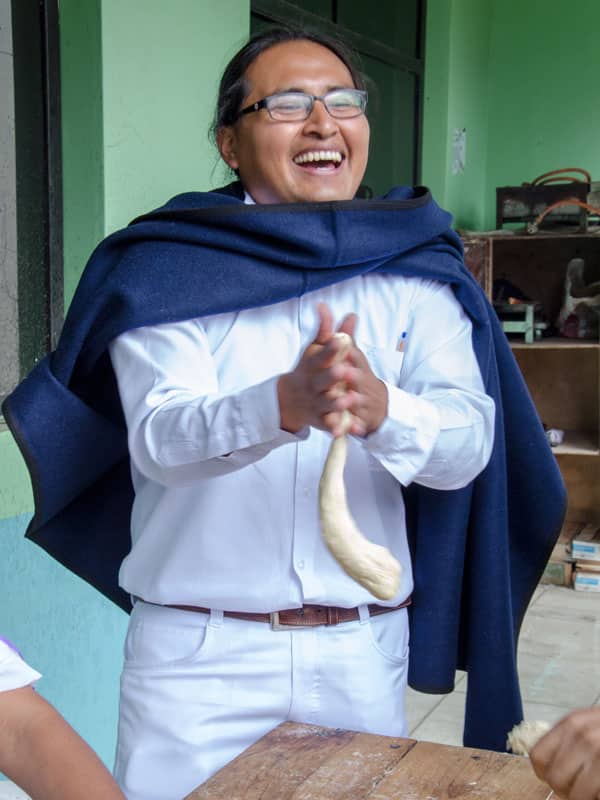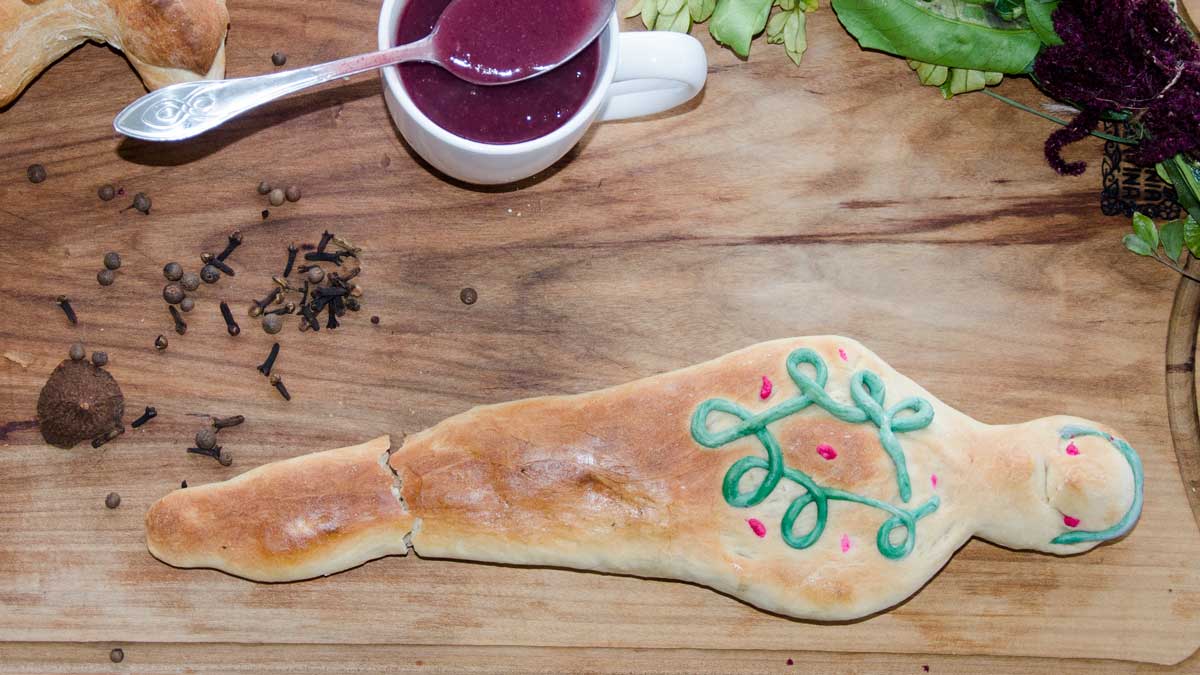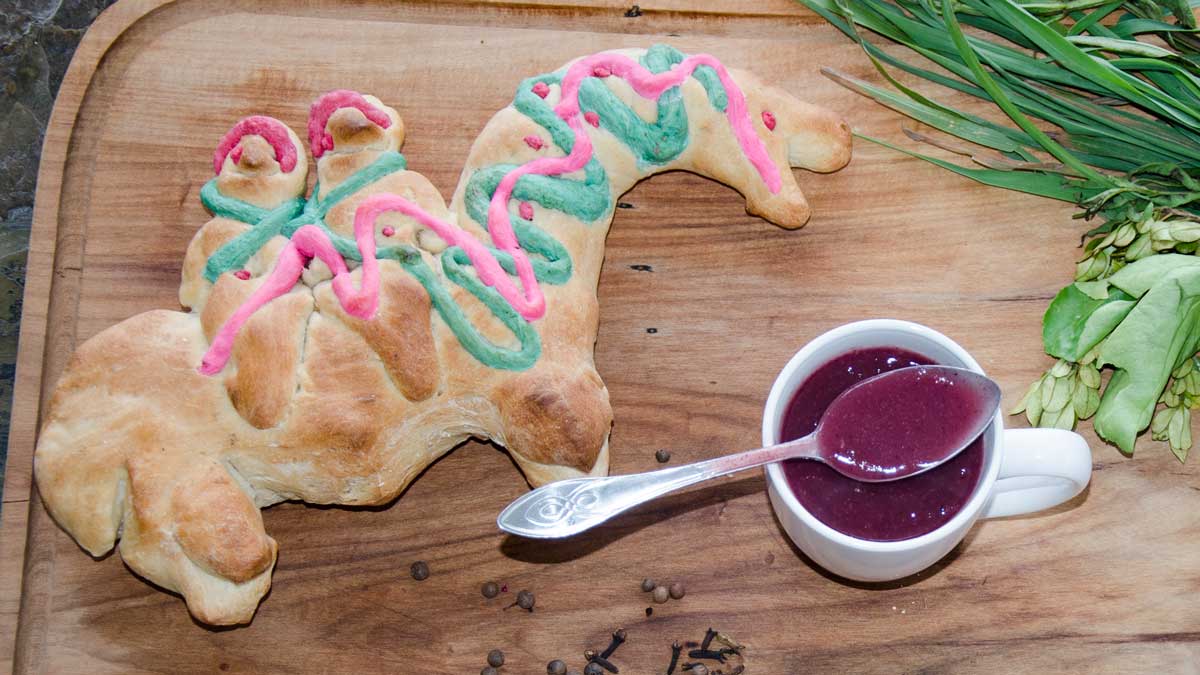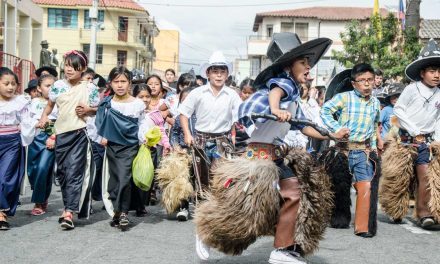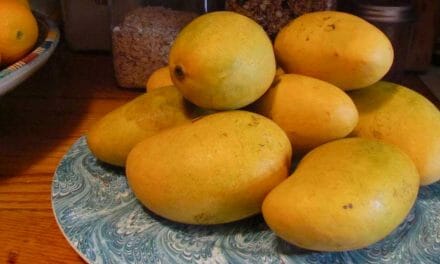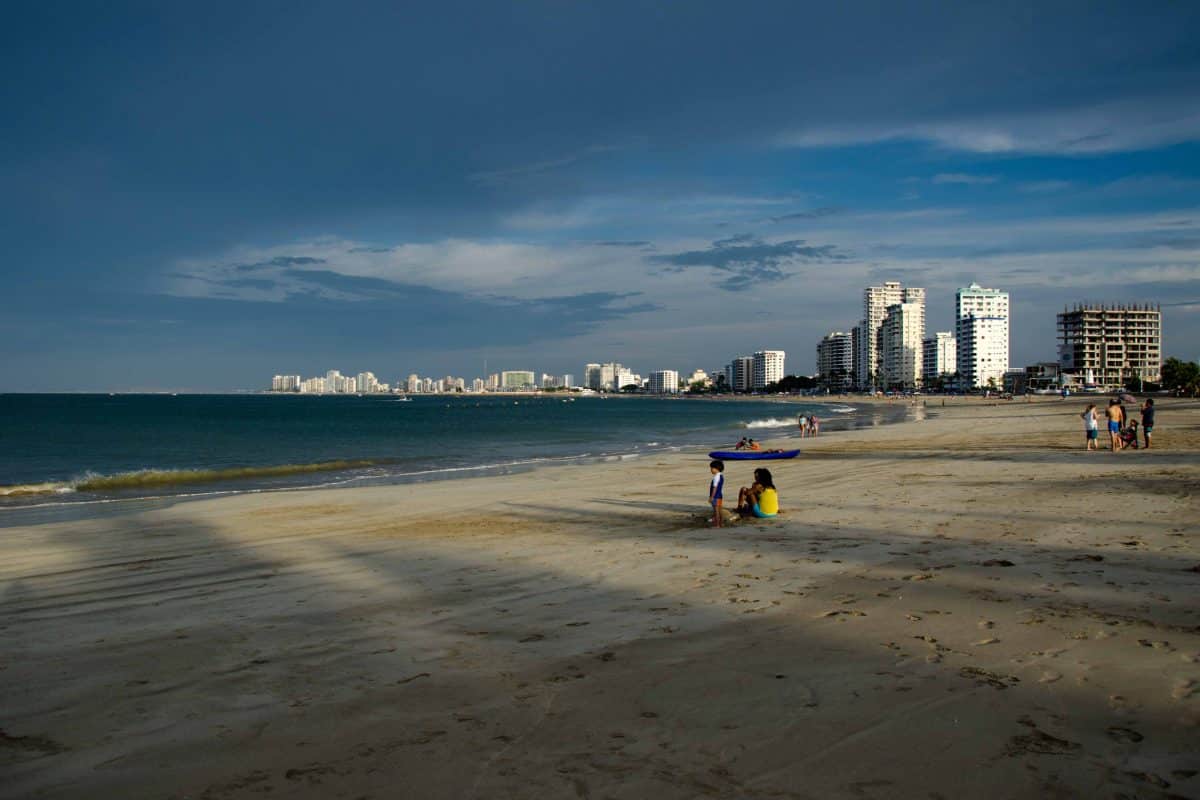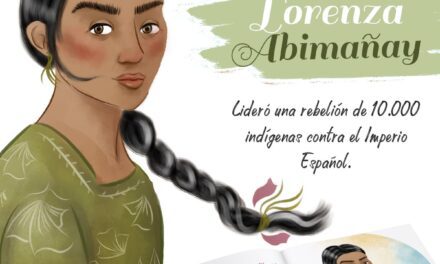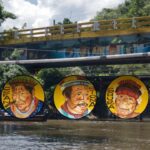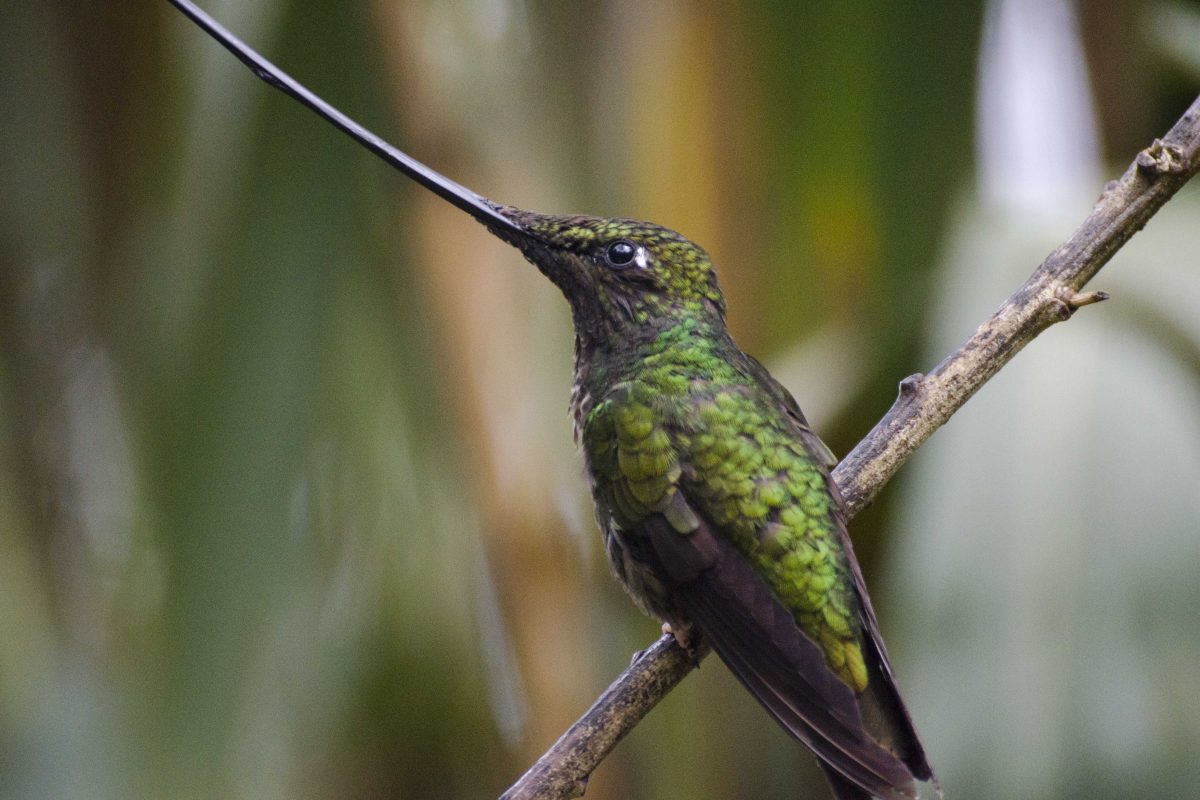One of the joys of being in Quito for the month of October is seeing the many varieties of Guaguas de Pan in bakeries and restaurants. For those who have not been introduced to the ubiquitous babies (guaguas in Quichua) made of bread, these modern versions are a twist on an ancient tradition tied to the Día de los Difuntos, or the Day of the Dead (literally Day of the Deceased in Ecuador).
The History of Guaguas de Pan
In a recent article in the Ecuadorian newspaper, El Comercio, I learned that Guaguas de Pan have pre-Spanish colonial origins. According to their story, the ancient tribe that lived in the area around Quito in the centuries before colonization, the Quitu-Cara, made small human-like figures from a corn-based dough. They did so in celebration of Aya Marcay Quilla, a time to honor deceased ancestors. The holiday itself has definite Inca and Quechua connections.
Like many ancient practices of the Andes, Guaguas de Pan and the entire celebration of the dead eventually intermixed with traditions of the the Spanish colonists, particularly of the Catholic Church. That’s why today, the making of Guaguas de Pan takes place in the weeks before November 2nd, the recognized Día de los Difuntos in Ecuador.
Guaguas de Pan in the Ecuadorian Andes
The practice of making Guaguas de Pan takes place throughout the Ecuadorian Andes. However, a lot changes from place to place. For example, big cities seem to prefer sweeter varieties that can be eaten like dessert. Rural communities make their guaguas from plainer bread dough. These dolls have a very different use as well.
In Big Cities like Quito
Like many holidays, Día de los Difuntos is very commercial, with bakeries and restaurants all offering their own versions of Guaguas de Pan and their traditional accompaniment, Colada Morada. When we lived here before, it was common to find only sweetened breads shaped like baby dolls decorated with brightly colored frostings faces. Today, customers can find a style of guagua for every taste, from the health conscious to the sugar-filled. In the well-known chain Cyrano, it is possible to find non-gluten dough guaguas filled with cream cheese and chocolate covered guaguas filled with passion-fruit mousse. It’s all about keeping customers happy.
In Rural Communities like Peguche
My favorite memories of Guaguas de Pan come from our trips to Calderón, Peguche, and Otavalo. In these rural locations, the traditional breads are plainer in taste but more elaborate in substance, with details added in brightly colored dough that is baked onto the final product.
A couple of years ago, we visited the small community of Peguche on November 1st, the day before the customary cemetery visits. Friends invited us to see the molding and baking of Guaguas de Pan in the local community.
We watched as one young lady kneaded color into bread dough to add special touches to the hand-shaped loaves. Children, parents, and grandparents worked together to shape bread for the following day. We were surprised to see all different kinds loaves, from small round rolls, to animal shapes like baby birds and snails. The smaller breads would be shared and eaten the next day. The largest loaves were more like what we had expected with a small twist. While women and girls made Guaguas de Pan, the men and boys made horses with riders.
The largest loaves would be placed on the graves the following day, alongside other offerings of food. Many will never be eaten. Rather, they are baked with the intent to last for weeks. That means they can be as hard as rocks!
Buying Guaguas de Pan in Rural Communities
Families without the time to bake or with no communal oven buy Guaguas de Pan from the many vendors lining the streets near the cemetery on Día de los Difuntos. The variety is absolutely amazing!
However, visitors beware. Not all vendors will sell their Guaguas de Pan to outsiders, especially tourists with cameras. These babies are for placing on graves, not for taking home or to be packed away in suitcases. If a vendor does not want to sell to you, move on to another.
Furthermore, some vendors will take offense at any attempts to photograph these small works of art. Always ask before taking pictures. Eventually, you will find a vendor who will not mind and you can take home a memory that respects the local culture while capturing a little part of Ecuador for your scrapbook.


